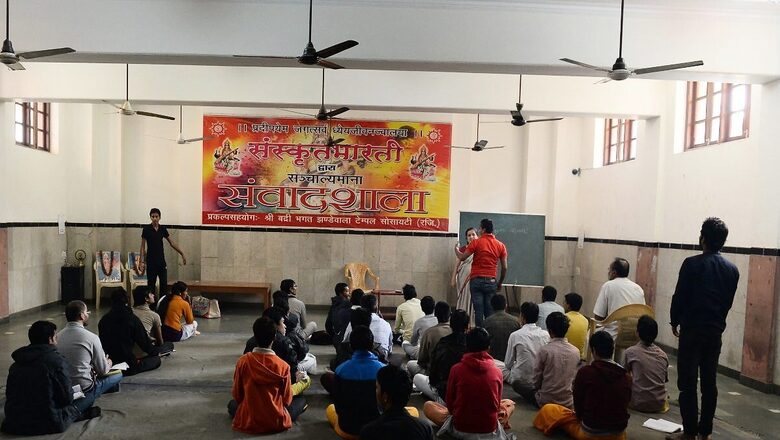
views
Every view has a counter, every opinion can be different, and at News18, we value each one of them. To present these views and opinions to you – the reader – is not just a job, but also our duty.
News18 kicks off a new series, Sticking Point, which will have prominent opinion makers from across India and the world face off on varied topics through their written words. Sticking Point will be the voice of diverse authors, as they debate on a particular subject of national and international importance, and more importantly, one that enlightens our reader.
Each of the 22 languages included in the Eighth Schedule of the Indian Constitution has an associated national day to celebrate its historical and cultural significance. Most of these days pass without controversy, especially from the non-speakers of that language. However, Sanskrit is an exception. The critics of the ancient language resurface every year on National Sanskrit Day with two distinct arguments: (1) Sanskrit is dead and (2) Sanskrit should be dead.
Priyadarshi Dutta largely falls in the first camp, revisiting a variety of well-known arguments in his latest piece “National Sanskrit Day: Why Did the Divine Language Get Restricted to Pedagogy?” to show that Sanskrit is dead or, at the very best, dying. To an observer, this must seem strange, as Sanskrit is the only Indian language whose death is fervently proclaimed year after year. Surely, a language that has been dead for several centuries should have been forgotten by now, with little need for an annual funerary rite. In such a case, National Sanskrit Day should be seen as Sanskrit’s puṇyatithi (death anniversary) – a day to celebrate Sanskrit’s past, perhaps even to lament its demise, but certainly not to perform another autopsy on its long-decayed corpse to demonstrate that it continues to be dead.
The first incision in Dutta’s autopsy of Sanskrit is the claim that Sanskrit enjoys little presence outside academic institutions. In particular, Dutta asserts that “there is no presence of Sanskrit in journalism, modern literature, the film and music industries, advertising or public relations.” This claim is plainly false — to the extent that it undermines Dutta’s entire argument. Every day, there are numerous Sanskrit newspapers, magazines, journals, and e-newsletters published in Sanskrit across the country, with hundreds of contributors participating from abroad. While Sudharma and Sambhashana Sandesha (Samskrita Bharati’s newsletter) are well-known, there are many other, smaller outlets that cater to thousands of readers — numbers that remain enviable for several non-scheduled Indian languages.
Where traditional print media in Sanskrit has struggled, digital media has filled the gap. The 2020-22 pandemic period represented an inflection point in Sanskrit learning, due to the explosion of free, online resources in Sanskrit. Produced by traditional scholars as well as amateur enthusiasts, online Sanskrit content now spans not only lectures and web seminars but also bites on music, culture, spirituality, health and well-being. One of the most successful of these outlets is The Sanskrit Channel which boasts 1.2 million subscribers on YouTube. There are dozens of similar Sanskrit-related channels on YouTube, with more than a million subscribers in total. Similarly, Sanskrit-related pages and groups on Facebook boast more than a million combined followers and members.
In fact, the current generation is likely to be the most “Sanskritised” since India’s independence, measured by the total hours of Sanskrit-related content consumed, primarily due to the unprecedented exposure to this content.
When it comes to modern literature, Sanskrit is one of the richest Indian languages. Several attempts have been made to catalogue the vast literature published in Sanskrit since the 20th century. In 2002, Dr Rajendra Mishra produced one such catalogue of modern Sanskrit literature spanning poetry, prose, plays, translations, and research publications. An updated survey was compiled by Dr Radhavallabh Tripathi for the Sahitya Akademi in 2016. An index produced by the Rashtriya Sanskrit Sansthan (now Central Sanskrit University) in 2009 counts 38 prominent Sanskrit authors over the past century just in the state of Karnataka! Numerous anthologies of modern Sanskrit writings are also published every year.
Unlike most other Indian languages, works in Sanskrit are truly pan-Indian, as authors hail from all corners of the country. However, any such catalogue or anthology is bound to be limited due to the voluminous nature of new literature produced in Sanskrit every year.
Over the last decade, more than 20 Sanskrit films have been released— a significant increase compared to the 1980s and 90s, which saw only a handful of Sanskrit films. With further democratisation of movie production, this number is expected to shoot up. Similarly, the realm of Sanskrit music has been revolutionised by artists such as Kuldeep M. Pai, whose work has been viewed more than 1.2 billion times on YouTube alone. The recent success of the play Bhagavadajjukam in India and abroad is a further testament to the growing interest in Sanskrit theatre. To claim that Sanskrit is “more about the past than the future” betrays complete ignorance of this vibrant world of creativity in Sanskrit.
Closely following Dutta’s ignorance are his double standards. He claims that the “most accomplished Sanskrit scholars” seek teaching positions and therefore define the promotion of Sanskrit as the creation of more such positions. However, this is an empirically untested and potentially untestable claim. Even if the claim were true, it would be applicable to several other languages. Do most accomplished scholars of Bengali not seek teaching positions? What are the major non-academic avenues of employment for scholars of Hindi or Tamil? It is not inconceivable for language scholars to gravitate towards academia and advocate for the expansion of academic positions as a part of the promotion of their language.
Preparing for the final incision in his autopsy, Dutta provides a brief survey of Sanskrit’s glorious past. He cites the Buddha for preaching in a language other than Sanskrit and the Bhakti poets for creating their compositions in local languages. However, a preference for local languages did not mean that the significance of Sanskrit declined. Even during the mediaeval era, when the political circumstances did not always favour Sanskrit, the scholarly output produced in Sanskrit remained unparalleled. Besides commentaries on past texts (such as the famous commentary of Sayana on the Vedas), numerous original works on grammar, literary theory, philosophy, law, arts, mathematics, and the sciences were composed in this period. Students of Sanskrit routinely refer to these mediaeval works and hold them in high esteem.
Dutta contends that the dominance of Sanskrit was challenged by local languages in the realm of literature during the mediaeval period. However, he does not realise that the Indian subcontinent always had two distinct but intertwined literary traditions in Sanskrit and Prakrit. Kabir and Tulsi are representatives of this tradition of Prakrit poetry, which borrowed heavily from (and in turn influenced) Sanskrit literature.
After his survey of Sanskrit in the mediaeval era, Dutta shifts gears to the British colonial period. He claims, without basis, that Lord Macaulay did not impose English on India with “ulterior motives.” This claim can be debunked by Macaulay’s own words, which betray a deep prejudice against Sanskrit: “[T]o encourage the study of Sanskrit literature, admitted to be of small intrinsic value, only because that literature inculcated the most serious errors on the most important subjects, is a course hardly reconcilable with reason, with morality, or even with that very neutrality which ought, as we all agree, to be sacredly preserved…It is confirmed that a language (Sanskrit) is barren of useful knowledge. We are to teach it because it is fruitful of monstrous superstitions. We are to teach false history, false astronomy, false medicine, because we find them in company with a false religion…And while we act thus, can we reasonably or decently bribe men, out of the revenues of the State to waste their youth in learning how they are to purify themselves after touching an ass or what texts of the Vedas they are to repeat to expiate the crime of killing a goat?” (Macaulay’s Minute on Education, February 2, 1835)
After dismantling the indigenous system of Sanskrit-based learning, the British set up a handful of Sanskrit colleges, primarily to further the colonial project of understanding and governing the natives according to their laws and traditions. Although a few British orientalists appreciated the value of Sanskrit, powerful officials such as Macaulay wanted to close Sanskrit colleges. Sanskrit learning was revived despite (and not because of) the colonial state by enterprising Hindu leaders and scholars such as Swami Shraddhananda and Pt. Madan Mohan Malaviya. Dutta states that these leaders “naturally used English, not Sanskrit.” This is again not true as both are known to have delivered speeches in Sanskrit and local languages, when addressing non-British audiences. Similarly, Swami Dayananda Saraswati composed his works in both Sanskrit and Hindi to reach different audiences.
Dutta is also under a misconception that Sanskritists failed to experiment with new literary forms, such as novels, short stories, essays and travelogues. In fact, these literary forms have always existed in Sanskrit and continue to be explored in our times. Who can forget Banabhatta’s Kadambari, the stories included in the Panchatantra, Hitopadesha, Kathasaritsagara, and Purusha Pariksha, and the numerous standalone literary tracts and essays in Sanskrit?
Furthermore, the surveys of contemporary Sanskrit literature cited above show that these literary forms continue to be popular among modern Sanskrit writers. Despite limited government patronage and apathy from the Macaulay-influenced intellectual class, Sanskrit continues to produce men and women of high scholarship and literary merit. They continue to flourish in a world of intense “competition” (to choose Dutta’s terminology), as Sanskritists have thrived over the last two millennia, alongside a variety of Indian languages. They also interact with world languages, exchanging words and ideas, as they did with Greek and Persian in the past. They continue to blend the Loka and Veda, the regional and the classical, like their great predecessors who learnt and borrowed from all sections of society. And despite being accused of Brahmanical bias, they continue to preserve Pali and Prakrit, as they did in the past.
We are proud of Sanskrit’s past but we have reason to be excited about its future, as thousands of new scholars and enthusiasts continue to enrich it with their contributions. Imbued with a deep reverence for tradition, modern Sanskritists hesitate to compare themselves with the stalwarts of the past. However, to the extent that English continues to produce new Shakespeares and Miltons, Sanskrit also continues to produce its Kalidasas and Bhavabhutis. We simply need to open our eyes.
Kushagra Aniket is an economist and management consultant based in New York, USA. He is also a Sanskrit scholar and an author of multiple scholarly works and can be reached at @KushagraAniket. Views expressed in the above piece are personal and solely those of the author. They do not necessarily reflect News18’s views.













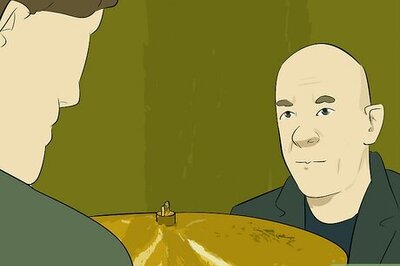

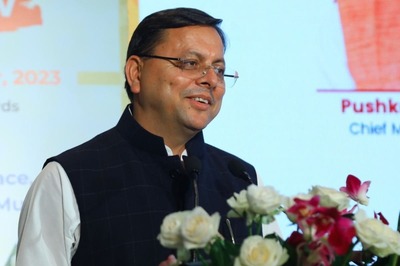
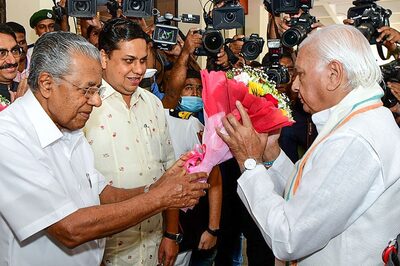

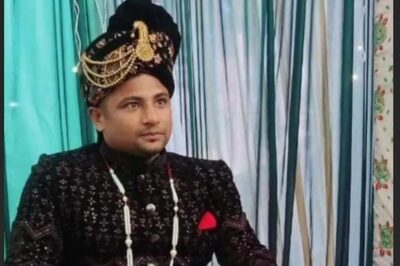
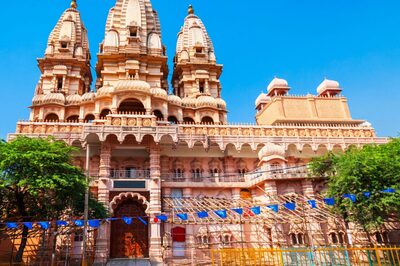
Comments
0 comment